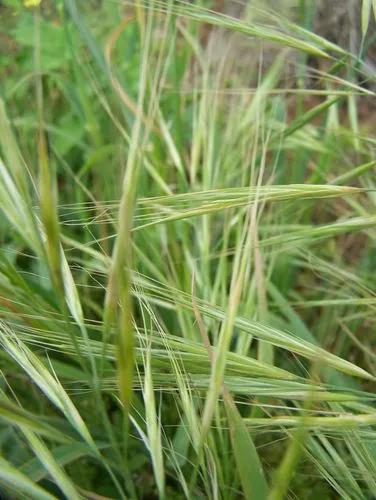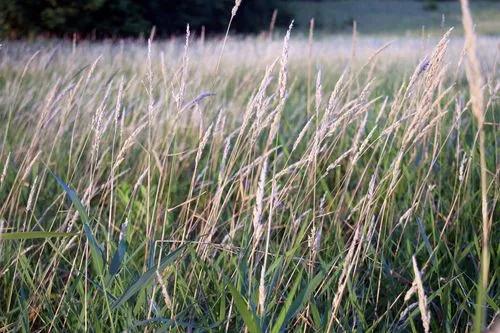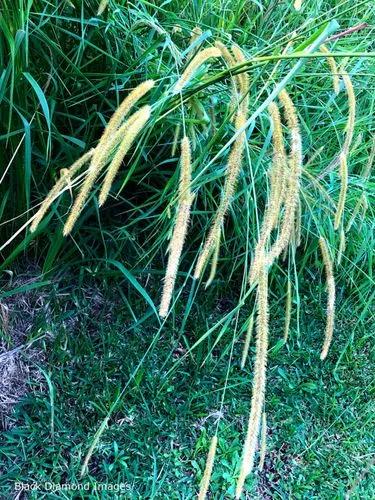Cynodon dactylon, known as Bermuda grass, is a grass that is native to most of the eastern hemisphere. Although it is not native to Bermuda, it is an abundant invasive species there. In Bermuda it has been known as crab grass
Bermuda grass Care



Cynodon dactylon is a long-lived grass, forming thick mats by means of stolons and rhizomes (horizontal, root-like stem usually found underground). The culms take root at the lower nodes. The leaf blade is flattened with a sharp tip, and is hairy or glabrous (hairless). The leaf sheath is round and glabrous; the ligule (membranous small structure at the junction of the leaf sheath and leaf blade) has ring of hairs or a short membrane. The inflorescence consists of 3-7 slender spikes up to 60 mm long, arranged terminally on the axis. The spikelets are sessile (stalkless) and without an awn (slender bristle-like structure). Flowering time is from March to September.
How to Care for the Plant

Water

Watering bermuda grass once a week will force the roots of the grass to dig deeper as the water supply is dried up during the week. The deeper the roots the more likely you are to have a greener healthier lawn during the next drought. Watering once a week isn't sufficient if you're not getting enough water down that one day a week.

Pruning

Clip or pinch off dead leaves and stems. If stems have rotted at the root, pull them out, and make sure to let the soil dry out before the plant's next watering.

Fertilizer

give it a balanced fertilizer

Sunlight

Part-shade/Semi-shade location.

Soil

Loamy soil, a relatively even mix of sand, silt, and clay, feels fine-textured and slightly damp. It has ideal characteristics for gardening, lawns, and shrubs. Loamy soil has great structure, adequate drainage, is moisture-retaining, full of nutrients, easily cultivated and it warms up quickly in spring, but doesn't dry out quickly in summer.

Temperature

Warm temperatures are necessary for the plants to thrive, and long periods of freezing weather or short durations of extremely low temperatures are detrimental to the plants. Average daily temperatures above 24°C are necessary for substantial growth and temperatures of 38°C result in maximum growth rates. The plant is considered hardy to 14°F (-10°C).

Container

Whether your potted plants are indoors or outdoors, proper drainage is an essential element to ensure they stay healthy.

Popularity

86,037 people already have this plant 1,538 people have added this plant to their wishlists
Discover more plants with the list below
Related articles






